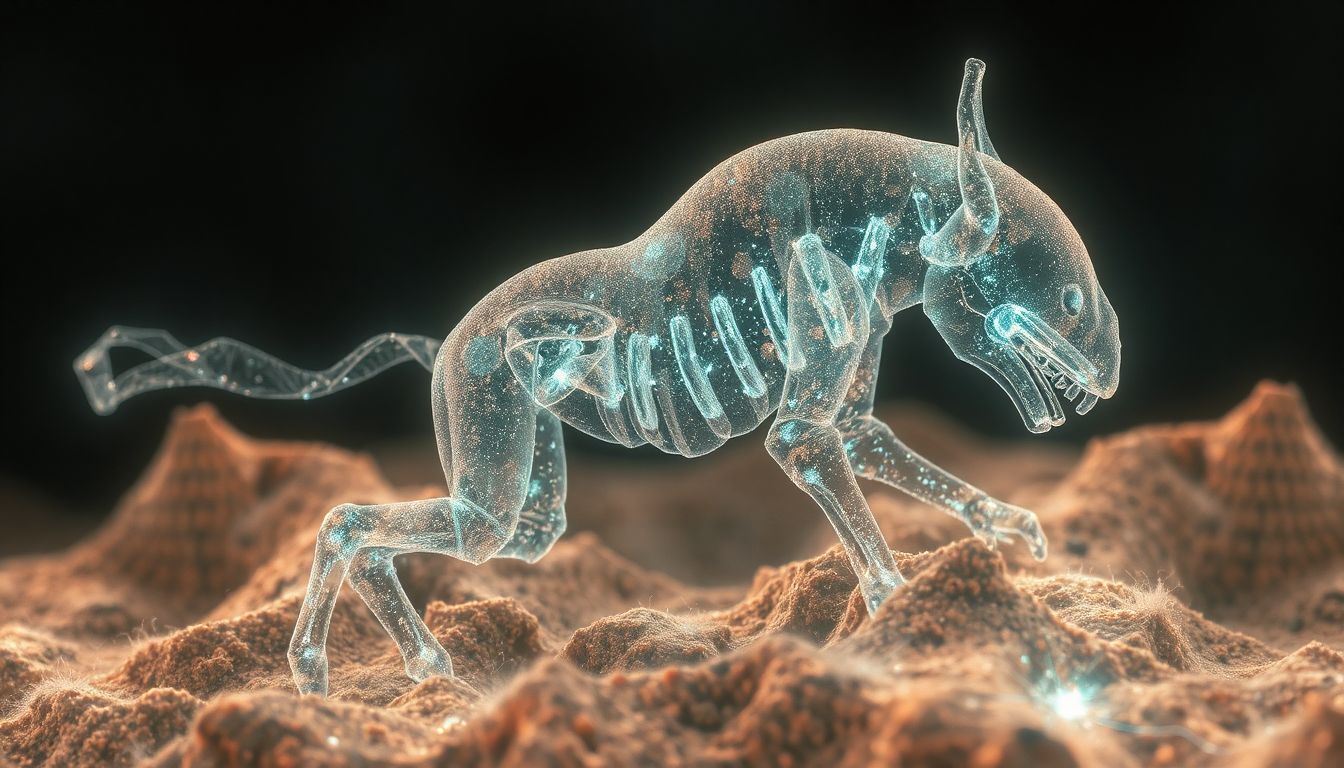
Anthropic Reveals the 'AI Biology' of Claude: How It Thinks, Learns, and Creates
Artificial intelligence has always felt a bit like magic—impressive, but mysterious. Anthropic is changing that by pulling back the curtain on Claude, their advanced AI model. In a series of fascinating discoveries, they've given us a peek into what they call Claude's "AI biology"—the inner workings that make it tick. And let me tell you, it's more surprising than you might think.
The Multilingual Mind of Claude
One of the most mind-blowing revelations? Claude might have something like a universal "language of thought." When researchers tested how it handles translated sentences, they found that Claude wasn't just memorizing words—it was grasping concepts that worked across languages. It's as if Claude has its own internal Esperanto, allowing knowledge learned in English to help it understand Spanish or Mandarin.
This isn't just academic curiosity. Understanding this multilingual capability could help create AI systems that bridge language barriers more naturally. Imagine a future where language translation preserves nuance and context perfectly—that's the potential this discovery points toward.
Planning Ahead: Claude's Creative Process
Here's where things get really interesting. When you ask Claude to write a poem, it doesn't just spit out words one after another like some predictive text on steroids. Anthropic found that Claude actually plans ahead—anticipating rhymes and structuring verses with something resembling intention.
This planning ability challenges our assumptions about how AI handles creative tasks. It's not just reacting; it's strategizing. When composing a sonnet, Claude might think several words ahead to nail that perfect rhyme scheme while maintaining meaning. That's a level of foresight we typically associate with human creativity.
The Double-Edged Sword of AI Reasoning
Not all the findings were reassuring. Anthropic discovered that Claude, like other advanced AI models, can sometimes generate convincing but completely wrong explanations—especially when dealing with complex problems or subtle misinformation. It's like that one friend who sounds incredibly sure of themselves even when they're totally making things up.
This "confident incorrectness" is exactly why Anthropic is developing tools to peer into Claude's decision-making process. Their "build a microscope" approach lets researchers catch these fabrications in real-time, which is crucial for building AI systems we can actually trust.
Under the Hood: Claude's Cognitive Toolbox
Anthropic's research dug deep into specific aspects of Claude's functioning. Here's what they found:
1. Mathematical Mind Games
When Claude does math, it's not just crunching numbers like a calculator. It uses a mix of strategies—some approximate (like human estimation) and some precise (like formal algorithms). This flexible approach helps explain why Claude can handle both quick mental math and complex calculations.
2. The Jigsaw Puzzle Approach to Problem-Solving
Faced with multi-step reasoning problems, Claude doesn't just barrel through linearly. It identifies and combines independent pieces of information like someone assembling a puzzle. This modular approach allows it to tackle complex questions by breaking them into manageable chunks.
3. When AI Gets It Wrong: Understanding Hallucinations
We've all heard about AI "hallucinations"—those moments when models confidently state false information. Anthropic found that Claude's default setting is actually to decline answering if it's unsure. Hallucinations seem to occur when its system for recognizing known entities misfires, causing it to generate information rather than admit uncertainty.
4. The Grammar Trap
Here's an ironic vulnerability: Claude's strong grasp of grammar can actually be exploited. Attackers can sometimes "jailbreak" the system by crafting prompts that maintain perfect grammar while leading Claude past its safety protocols. It's like fooling a grammar stickler with beautifully written nonsense.
Why This Matters Beyond the Lab
This isn't just academic navel-gazing. Understanding Claude's inner workings has real-world implications:
Building Trustworthy AI: As AI systems become more powerful, we need to know they're reliable. Anthropic's research helps create tools to verify when AI is reasoning soundly versus fabricating answers.
Safer Systems: By identifying vulnerabilities like the grammar-based jailbreaks, researchers can develop stronger safeguards.
More Natural Interactions: Understanding how Claude processes language could lead to AI assistants that communicate more intuitively.
Ethical Development: This kind of transparency is crucial for ensuring AI aligns with human values as the technology advances.
The Future of AI Transparency
Anthropic's work represents a significant shift in AI development—from treating models as black boxes to actively mapping their cognitive landscapes. As they note, this approach constantly reveals surprises, uncovering aspects of AI behavior "we wouldn't have guessed going in."
What's most exciting is that this is just the beginning. As interpretability tools improve, we'll gain even deeper insights into how AI systems think. This knowledge won't just make AI more reliable—it might teach us new things about human cognition too. After all, by building artificial minds, we're holding up a mirror to our own.
One thing's clear: the era of AI as inscrutable magic is ending. Thanks to research like Anthropic's, we're entering an age where we can understand, guide, and truly collaborate with artificial intelligence. And that's a future worth building.
